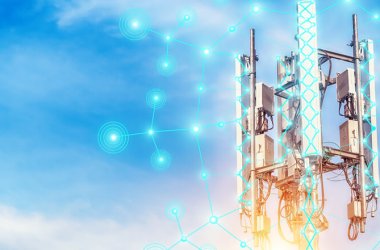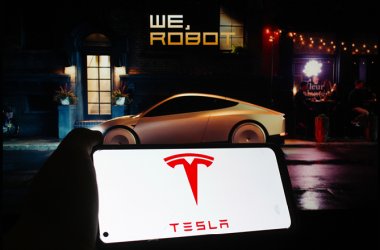India has electrified all its villages 12 days ahead of a deadline set by Prime Minister Narendra Modi, the government said on Sunday.

In a series of tweets, Prime Minister Narendra Modi made the announcement, naming Leisang, a village in central Manipur’s Senapati district, as the last one to receive electricity on Saturday.
Asia’s third-largest economy has been held back for years by a power shortage, with industries having to cope with blackouts and hospitals forced to rely on diesel-run generators for backup.
But Modi said on Sunday that April 28, on the evening of which a remote village in the northeast became the last to be connected to the grid, would be remembered as a “historic day in the development journey of India.”
28th April 2018 will be remembered as a historic day in the development journey of India. Yesterday, we fulfilled a commitment due to which the lives of several Indians will be transformed forever! I am delighted that every single village of India now has access to electricity.
— Narendra Modi (@narendramodi) April 29, 2018
Leisang village in Manipur, like the thousands of other villages across India has been powered and empowered!
This news will make every Indian proud and delighted. https://t.co/UCPEEITbIM #PowerfulIndia
— Narendra Modi (@narendramodi) April 29, 2018
This comes in the backdrop of Prime Minister Narendra Modi, in his Independence Day speech on 15 August 2015 promising to electrify all un-electrified villages within 1000 days. The scheme will also help improve India’s per capita power consumption of around 1,200 kWh which is among the lowest in the world.
Government data showed that all of India’s 597,464 census villages have now been electrified, according to Reuters. When Modi took office in 2014, there were some 18,452 villages without electricity.
However, just because all villages are connected to the grid does not mean all Indians have access to power.
The government considers a village electrified if it has basic electrical infrastructure and 10 percent of its households and public places including schools, local administrative offices and health centers have power.
Some people, however, said on Twitter their villages had yet to be electrified despite the government’s claim.
“No. Not every village yet,” said Twitter user Dilip Gupta, identifying his village in a district of Uttar Pradesh in the north. “Over the course of years my native place has been expecting electricity every year, but it hasn’t arrived yet.”
The World Bank said in a report last year that globally 1.06 billion people had no electricity, with India and Nigeria topping the list of most power-deficient countries.





